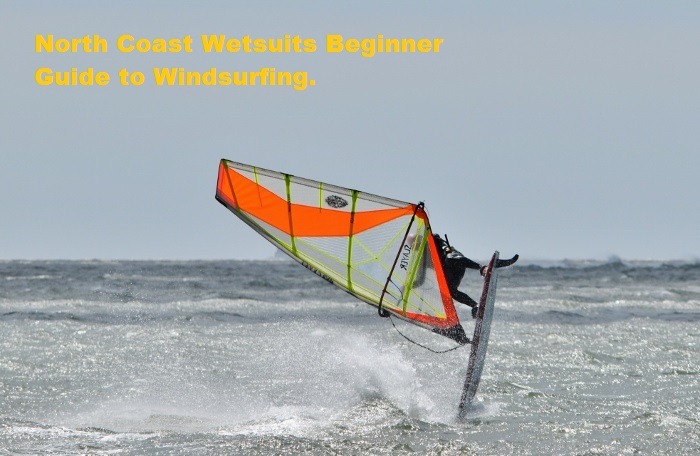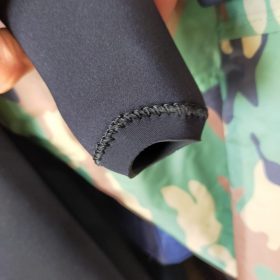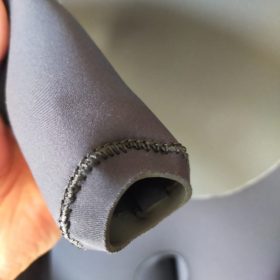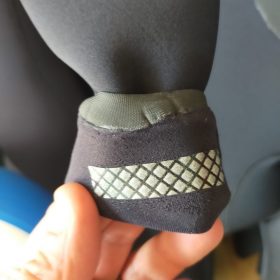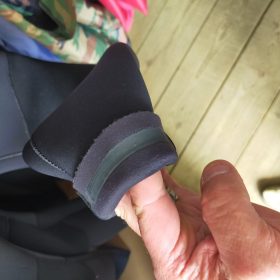Pics: Oli Lane-Peirce, James Jagger
Windsurfing’s another watersport we know well at NCW, with plenty of sail riders using our gear. If you’re not aware it’s one of the most established watersports around, with its routes stretching back to when it was first invented in 1958 on Hayling Island (south coast, UK) by a young Peter Chilvers. (Although Newman Darby is credited with conceiving a handheld sail/boat design in 1948 which was the precursor to Chilvers’ antics).
What started off as an experiment quickly evolved into the more recognisable activity windsurfing is today. Although windsurfing hasn’t been without its ups and downs over the years…
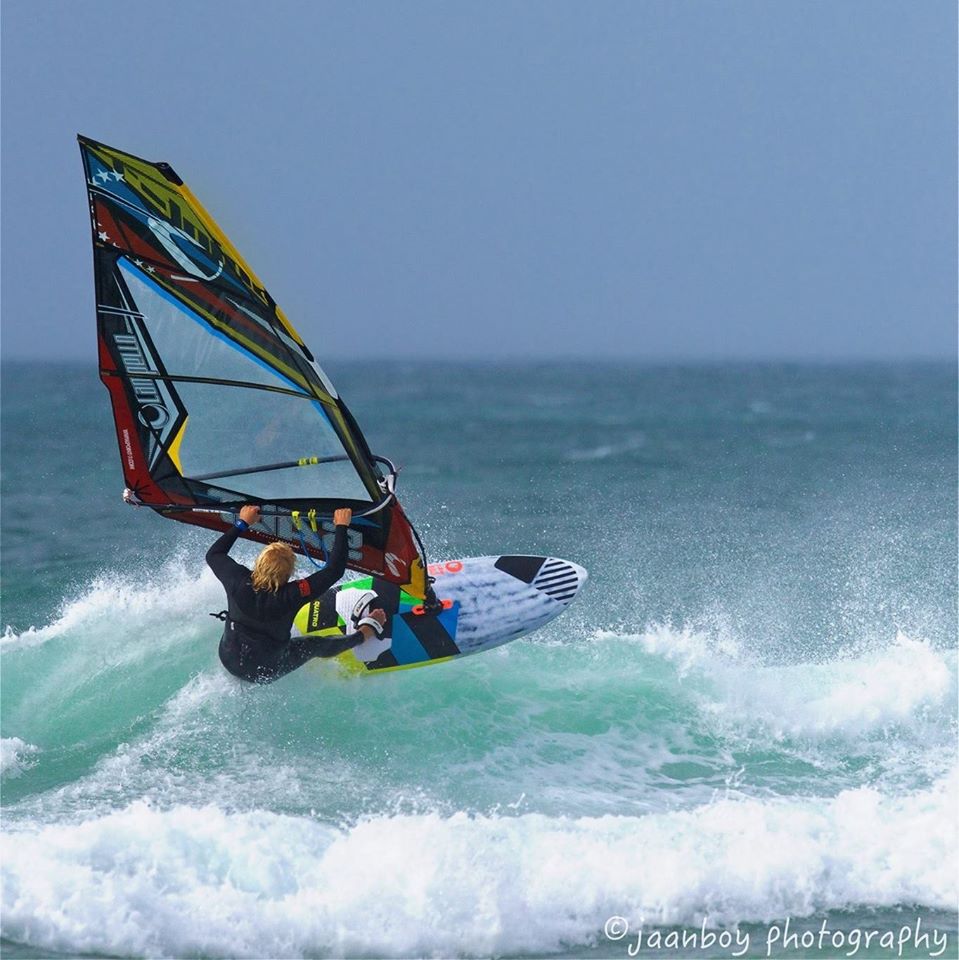
Windsurfing history 101.
Following the Darby/Chilvers tinkering years American Hoyle Schweitzer took out the first patent on a Windsurfer in 1968. He also bought out partner Jim Drake as he expanded his windsurfing operation into Europe – which was the fastest growing market at the time. The patent was a way of reducing royalty payments.
During the 1980s there were a raft of patent lawsuits filed which saw Peter Chilvers credited as the sport’s inventor. This set a precedent for patent law of type that’s still used as a benchmark to this day.
Financials aside windsurfing grew rapidly between 1980-1990 with it first being a light wind sport that could be practised anywhere there was water. Equipment development advanced rapidly and soon higher wind, performance riding was on the agenda as sailors discovered planing, footstraps and harnesses.
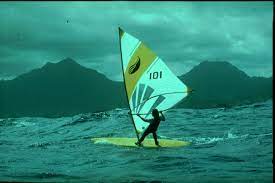
More and more extreme feats of windsurfing were performed with speed and big waves starting to get the lion’s share of attention. Unfortunately, for the layman, this is far removed from the type of windsurfing real world sailors indulge in. Whilst these spectacles were initially interesting before too long this began to wane in tandem with gear that was becoming increasingly specialist and difficult for the non-pro to use.
The 90s saw performance windsurfing hit an all time high but was at risk from disappearing up its own orifice. It’s said that many riders were put off and left windsurfing as kit was now too technical and too expensive. There was also another thorn in windsurfing’s side starting to emerge with kitesurfing gaining popularity towards the end of the decade.
Kitesurfing is often blamed as the biggest reason for windsurfing losing participation numbers. Perceived as being easier to learn, applicable to less full power conditions, a quick progression and less gear needed windsurfing’s sibling quickly became the new school cool kid on the block.
The windsurfing industry did slowly learn from their mistakes and during the 2000s moves were made to develop equipment that was easier to learn on and progress with. Some critics suggest that by then it was too late, however.
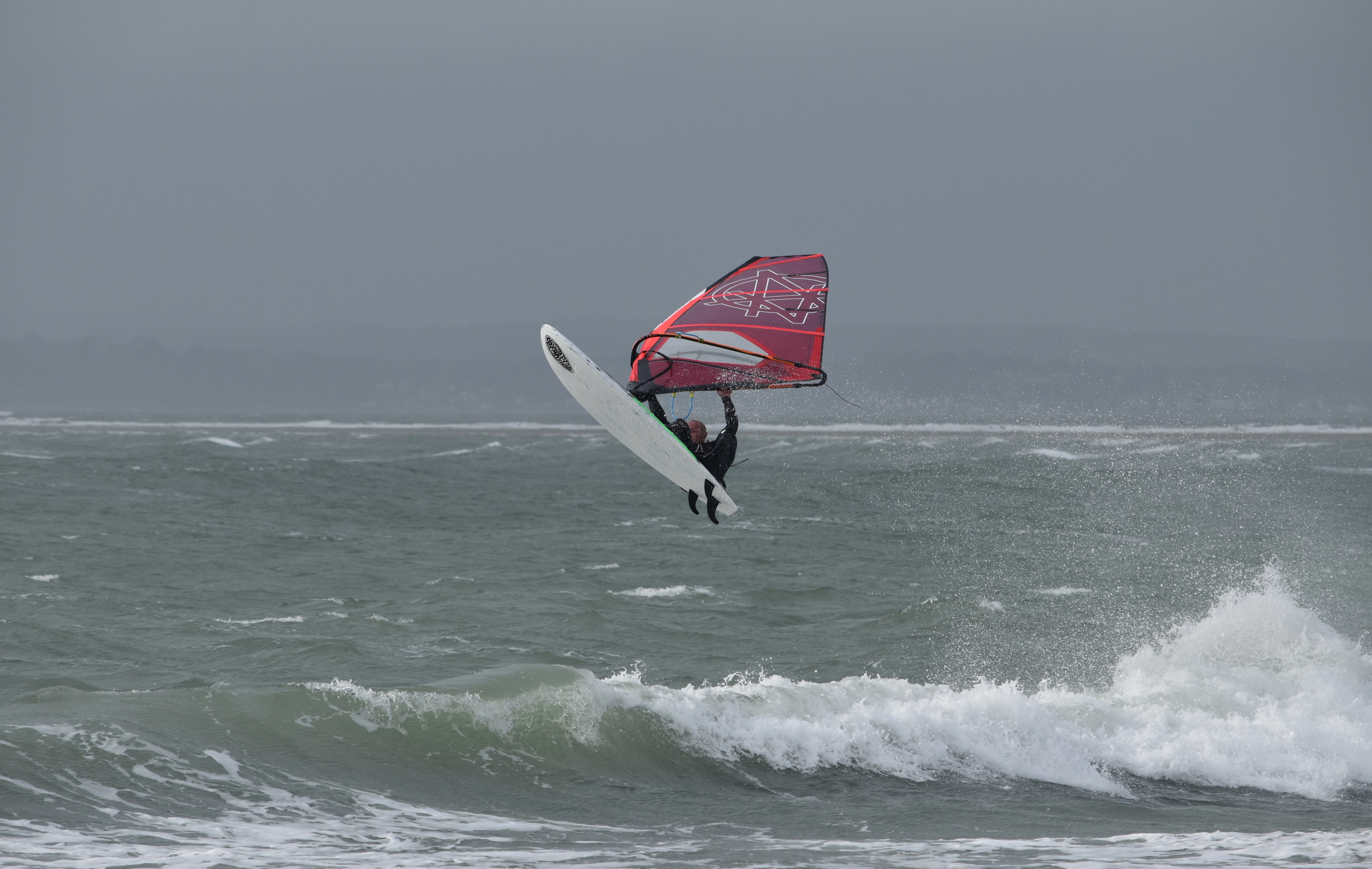
Fast forward to present day and there’s no lacking of windsurfing rider numbers on blowy days at headline spots. Also, with COVID delivering more time and perceived disposable income (furlough) 2020/2021 has seen a new influx of those wanting to learn, riders coming out of retirement and kit sales creeping up. Whether this is sustained moving forwards is anyone’s guess. Only time will tell.
Learning to windsurf.
Unlike mentioned above beginner windsurfing gear is super easy to learn on today. Wide, floaty, stable boards that have progression and performance inbuilt are widely available. Windsurfing rigs have also undergone changes now being lighter and less cumbersome to use. Inflatable stand up paddle board technology has crossed over into the sector and it’s now possible to purchase a 100 blow up sail which makes those few first windsurfing steps much easier. Teaching methods and understanding of the sport have also developed with instruction models in place to aid rapid progression.
There’s still some criticism of new windsurfing equipment prices although there’s a healthy second hand market where you can find a bargain. If you’re not keen to part cash for gear at the start then getting a bunch of lessons from a recognised teaching centre or joining a windsurfing club, where you get access to kit, can be good alternatives. Then, once you’re ready, you can make the leap and nab your own.
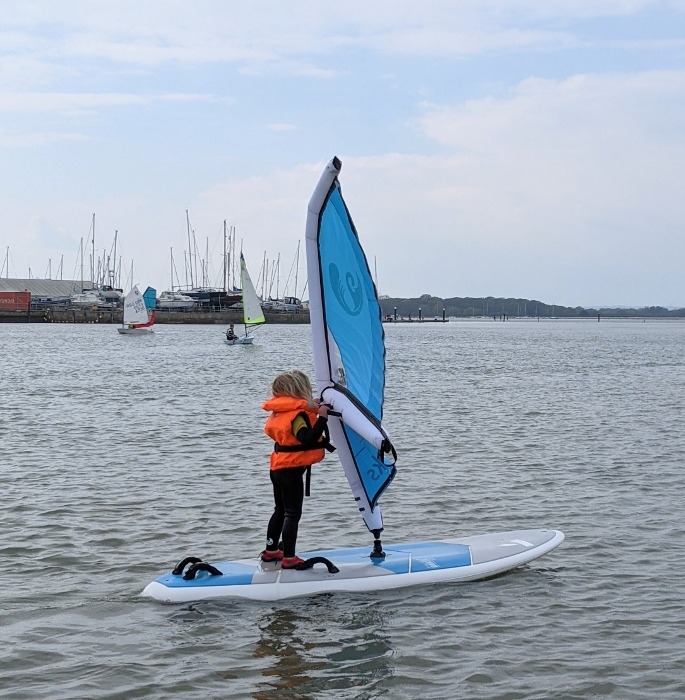
Extreme elements (or not).
At the upper echelons of windsurfing’s performance scale you’ll discover a discipline that’s every bit as extreme as more marketed ‘gnarly’ sports. The height windsurfers can reach having boosted off big waves, the contorted shapes sailors throw (ala snowboard/skateboard style tricks) and speed racers can reach is extremely thrilling and awe inspiring. For the majority these feats are still a way off although the windsurfing equipment of today, understanding of technique and willingness of many to try these ‘tricks’ means there’s no lacking of every day riders who can bust out a few moves.
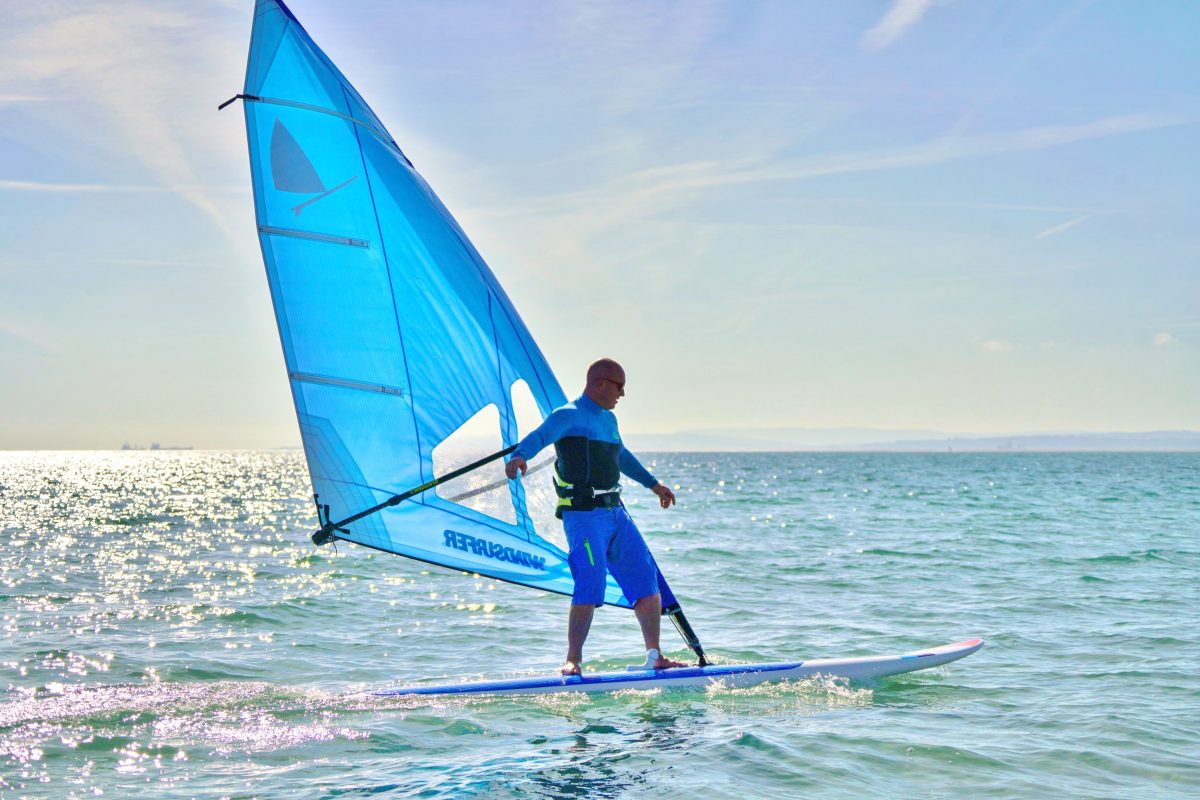
Beginners and improvers may consider the above to be way beyond them at first but it doesn’t take long (with perseverance) to reach a solid level of windsurfing whereby 80% of what Mother Nature throws your way can be tackled with a board and sail. If you aspire to ride massive waves or break the sound barrier on your windsurf gear then it’s all achievable (in theory). Likewise, if you’re happy to ride a longboard in a cruising non-extreme mode then this is also perfectly fine.
There’s a resurgence of interest surrounding longboard windsurfing (there’s a big interest group focusing on the nostalgic element of windsurfing these days) with one popular design from back in the day (the Windsurfer LT) having a little facelift and making it more applicable to modern day sailors. A good few windsurfers around the globe now choose to ride this way and why not? If it floats your boat (or board) then do it!
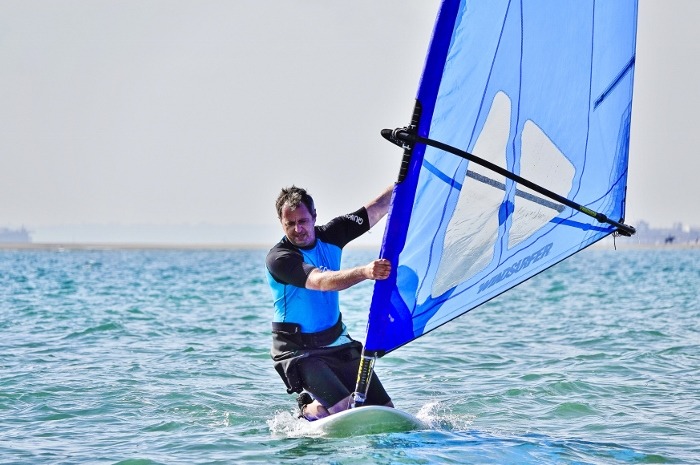
Ultimately windsurfing is about having fun on the water, whatever the conditions. Don’t get bogged down with the extreme angle, keep an open mind and embrace the sport as a whole. That way you’ll get maximum fulfilment from your time windsurfing.
Windsurf hydrofoiling.
One area that’s perhaps revitalised windsurfing for many is the ability to attach a hydrofoil and fly above water, in much lighter winds. With the right equipment it’s now possible to use your standard size sails (4m-7m ish) and get out in all conditions. If longboard style windsurfing isn’t doing it for you then foiling might tick the box.
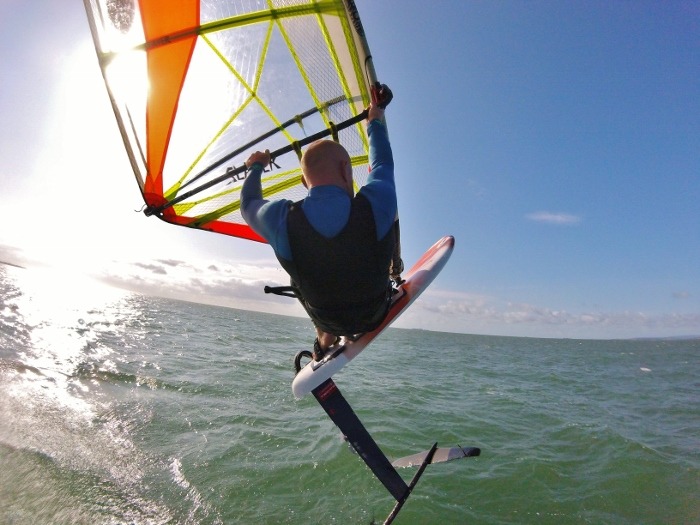
For anyone that can already windsurf – and by this we mean pootle backwards and forwards and turn around with a fairly decent success rate – you can windsurf foil (or windfoil as it’s more commonly referred to). It doesn’t take too many hours to learn how to control the foil and can up your session count by around 30%. Windfoiling mightn’t be for everyone but there’s no question it adds another level of diversity to an already super fun hobby.
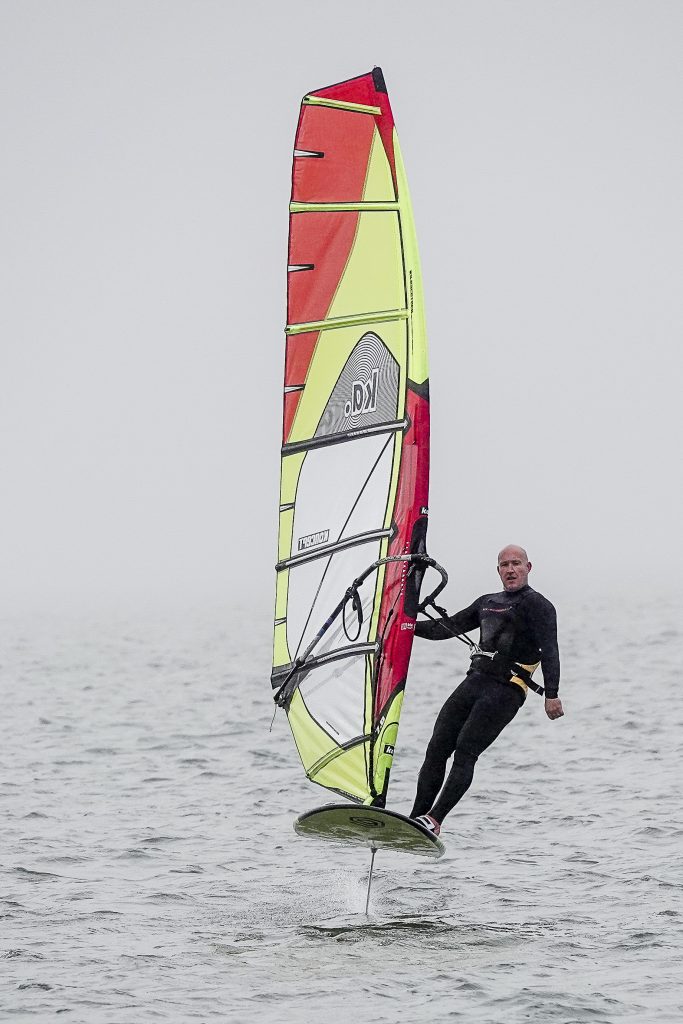
If you want to find out more about foiling (across all disciplines) check out NCW’s Foiling Knowledge page and head over to our sister brand Foilshop UK where you’ll find even more flight goodness.
Beginner windsurfing safety.
Under the right supervision learning to windsurf is super safe. There’s as much risk as doing any other outdoor activity. Accidents can happen, of course, but by and large you’ll be fine – thousands of windsurfers across the world are every day. Don’t take any silly risks and aim to progress steadily and efficiently. Running before you can walk is the worst thing. For instance: don’t head out at the coast in a gale to start. Work your way up to this. Don’t worry, it’ll come.
Consider what you wear when in the water. The UK’s climate isn’t exactly tropical so you’ll need to rubber up. Deepening on the season will dictate just how thick your rubber needs to be. Here at NCW we supply a variety of different wetsuits applicable to windsurfing. If you need a hand with any of what we offer then get in touch.
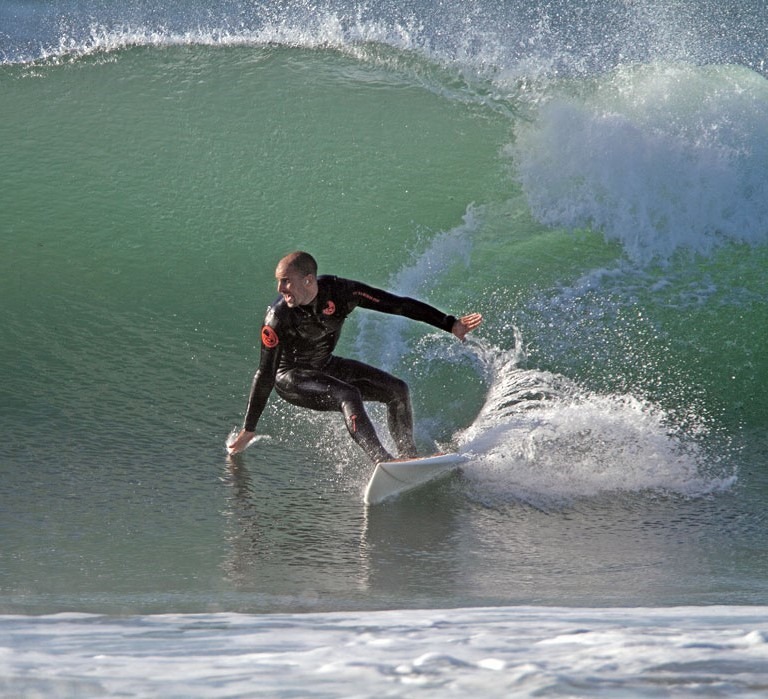
5/3mm chest zip Gulf Stream Yamamoto neoprene winter wetsuit (men).
All sizes in stock of North Coast Wetsuits Gulf Stream front entry / mini chest zip 5/3mm winter wetsuit steamer. Updated for additional performance.
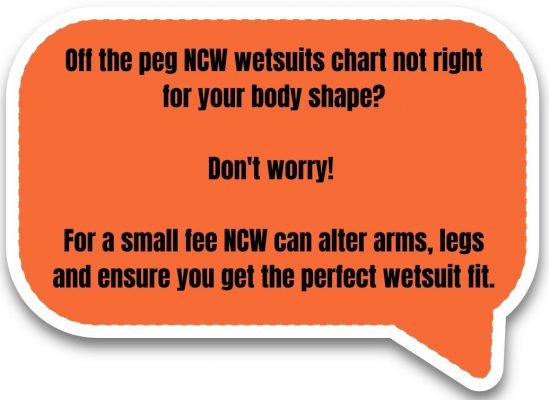
NCW’s 5/3mm winter chest zip streamer wetsuits been very popular for a number of years and now come with some new features:
- Now built with Yamamoto 100% lightweight high stretch limestone neoprene which is more eco friendly.
- Double glued and double blind stitched seams.
- Fully taped internal seams.
- Chest and back panels feature durable anti wind chill finemesh neoprene exterior and plush lined heat holding insulative interior.
- Interior lining made with low water absorption materials for quick drying.
- Anti-flush envelope overhead entry system.
- Tape and liquid welded reinforced overhead seam closures.
- Snug fit anti-flush wrists with internal silicon grip tape.
- Rubberised anti-flush neck lining.
- DuraFlex reinforced kneepads.
- High quality YKK metal zip.
- Anatomical suit shaping.
- Our new neoprene blend is more scratch / snag / velcro hook resistance than standard neoprene.
This wetsuit will keep you amazingly warm in the coldest waters, such as the UK and Northern Europe. It works well for surfing, stand up paddle boarding, windsurfing, kitesurfing, siton kayaking and a whole host of other watersports. We get a lot of recommendations from wild and open water swimmers that find this suit really flexible to swim in and durable too, take a look at our wild swimming knowledge page here. If you’re looking for performance, quality and a product that won’t let you down the NCW Gulf Stream 5/3mm winter wetsuit is just the ticket.
Check out the review from SUP Mag UK HERE
A note on ankle and wrist seams. All seams are snug fitting and prevent flush. Silicone anti slip stops riding up.
Size guide below. For any sizing questions get in touch.
|
Size |
Height |
Chest |
Waist |
Hips |
|
Extra Small |
5’2″-5’4″ |
32″ – 34” |
25″-27″ |
30″-33″ |
|
Small |
5’4″-5’7″ |
34″-36″ |
27″-29″ |
32″-34″ |
|
Small Tall |
5’8″- 6′ |
34″-36″ |
27″-29″ |
32″-34″ |
|
Medium Small |
5’6″-5’9″ |
36″-38″ |
29″-31″ |
32″-34″ |
|
Medium Small Tall |
5’10”-6’4″ |
36″-38″ |
29″-32″ |
32″-34″ |
|
Medium Short |
5’4” – 5’7” |
38″-41″ |
31″-34″ |
35″-39″ |
|
Medium |
5’8″-5’10” |
38″-41″ |
31″-34″ |
35″-39″ |
|
Medium Tall |
5’11”-6’4″ |
38″-41″ |
32″-34″ |
36″-39″ |
|
Medium Large |
5’10”-6’4″ |
40″-44″ |
35″-37″ |
38″-41″ |
|
Large Short |
5’7″-5’11” |
42″-45″ |
35″-38″ |
40″-43″ |
|
Large |
6’0″-6’5″ |
42″-45″ |
35″-38″ |
40″-43″ |
|
Xtra Large |
6’2″-6’5″ |
44″-47″ |
37″-39″ |
42″-45″ |
|
Xtra Xtra Large |
6’2″-6’5″ |
46″-49″ |
39″-42″ |
44″-46″ |
Scroll down for more info.
Want to read our fair returns policy first?You may consider additional safety equipment such as a helmet and buoyancy aid (or personal floatation device). Some riders stick with this set up right through their windsurfing career. Ultimately it comes down to what you’re comfortable with.
It might also be a wise decision to join an organisation like the RYA (Royal Yachting Association). This way you’ll be covered for third party purposes should you crash into someone or something whilst out riding. This is peace of mind as much as anything but you never know…
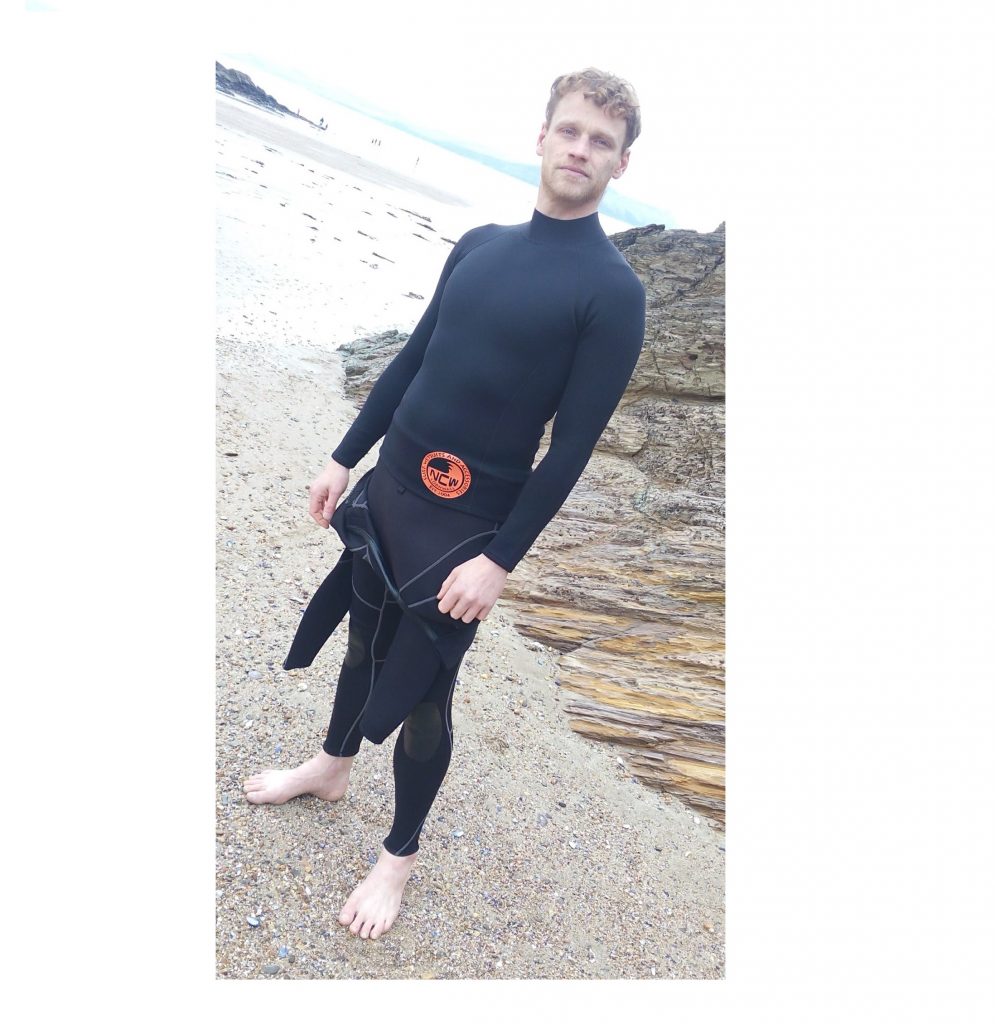
1.5mm Neoprene Thermal Long Sleeve Rash Vest (unisex fit)
One of our most popular accessories for anyone playing in the water is our long sleeve neoprene rash vest. These are made from a specially formulated neoprene thermal watersport material mix which is 90% neoprene and a 10 % mix of nylon / lycra / thermal jersey. This gives warmth, stretch, flex and durability. Popular with Guys and Gals too.
They are quick drying and super stretchy making them proper warm and very comfortable to wear. You can wear one of our long sleeve neo rashies on it’s own in warmer waters or add a layer under your wetsuit if you feel the cold and it’ll keep you really warm. They are great for extending the season of your summer suit, turning it from 3mm core to a 4.5mm core and the arms from 2mm up to 3.5mm. Ideal if you don’t want to surf through the winter but feel the cold.
They are equally useful for surface sports, like surfing, water-skiing and body boarding and also great when you are out on your SUP board if you don’t want to wear a full wetsuit but you are feeling the chill. They completely wind blocking being mainly neoprene. This item is also very popular with OCR / MUD RUN / TOUGH MUDDER event entrants too as they are far, far warm than a standard thermal under amour type top.
Six sizes as available below, these have plenty of stretch so chest size is really a good indication of what size you’d need :
Small up to 37 inch chest (up to 94cm) (women’s 10)
Medium 38/39 inch chest (96 – 98cm) (women’s 12)
Large 39/40 inch chest (99 – 101cm) (women’s 14)
XL 40/41 inch chest (102 – 105cm) (women’s 16)
XXL 42/44 inch chest (106 – 111cm) (women’s 18)
3XL 44 inch chest plus (112 – 117cm) (women’s 20)
WOMEN’S sizes 6 and 8 available in our junior range – CLICK HERE
If you’d like additional size advice on this product please drop us a line here and let us know what sport your using it for (folks like different fits for different uses) along with your chest size, waist measurement and your weight too. Note that ladies size 6 and 8 often fit the junior L & XL versions here
Want to read our fair returns policy first?For even more windsurfing stuff head over to Windsurfing UK magazine where you’ll find tons of info.

